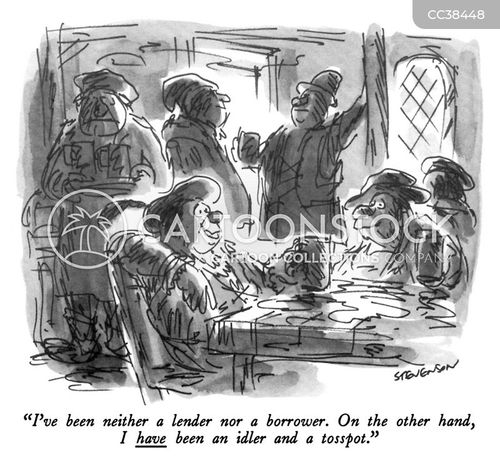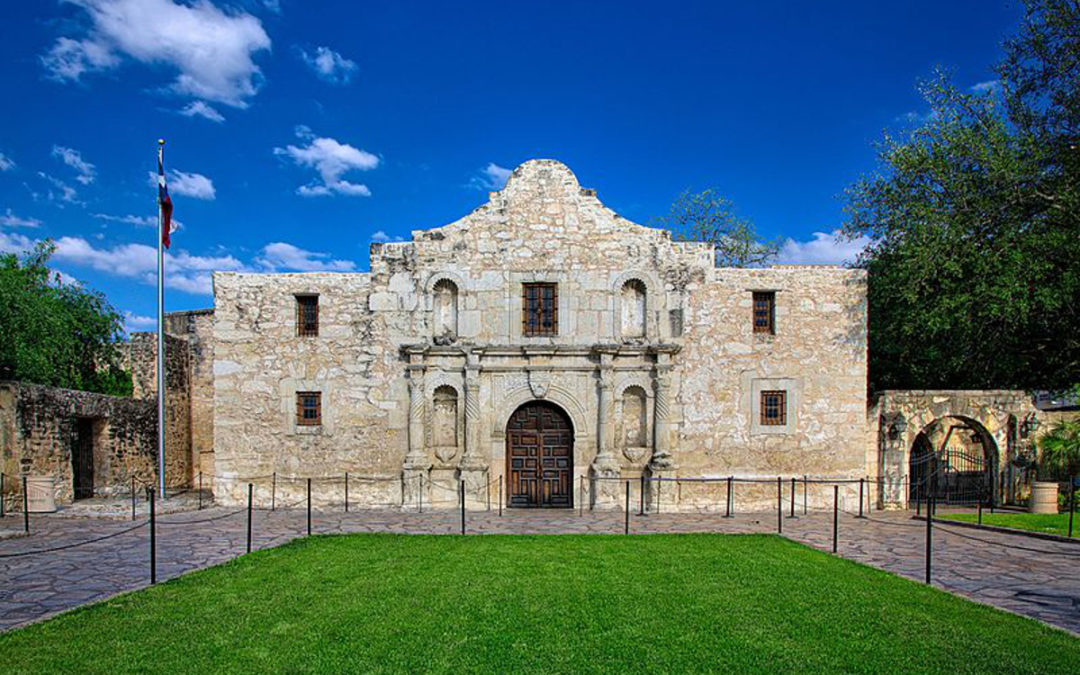Bijoy bayanno 2017 free download. Edward Longshankes (Edward I) got himself in debt to various moneylenders in order to fund his wars. During his reign, he fought with his father in the Baron’s War against Simon de Montfort, against Llywelyn ap Gruffydd, the Prince of Wales, against the French, and against the Scots. All of these wars cost money.
A king had a couple of options when on a quest for funds. One, he can tax his people. Edward certainly did that. Two, he can confiscate funds from those over whom he wields power. I blogged earlier about what he did to Jewish coinsmiths in 1278 (https://sarahwoodbury.com/?p=179). Henry VIII had the great plan of starting his own religion and confiscating the wealth of the Catholic Church. That was a little more radical than Edward, who often relied on the third method, money lending.
- At first, the bankers were motivated by profit, but soon they needed to keep lending money to ensure they didn’t lose what they had already invested. The two largest bankers, the Peruzzi and the Bardi, collapsed in the 1340s, and most historians believe that Edward III’s nonpayment of colossal loans.
- Wealthy commercial entrepreneurs, uncrowned governors of city-states, lenders to monarchs, relatives of popes, they were in no way embarrassed by canonical strictures. At the opposite level of the.
Money Lending on the Periphery of London, 1300-1600. Marjorie K. McIntosh Money lending was an essential part of the local and regional economies of England during the later medieval and Tudor periods. Cash was required for purchases of goods, animals, or land, payment of rents and taxes, and the wages of hired workers.
In the Middle Ages, a number of money lending options were open to him. He borrowed from the Jews in England until he took all their money and expelled them from England. Christians were forbidden to lend money, so he turned to the Italian banking families.
“In Medieval Europe, moneylenders were needed as everywhere else. However, the situation was complicated by the fact that Christian laws forbade “usury” or the practice of charging interest on loans. In consequence, the function of moneylending was assumed by members of the Jewish communities who were exempt from usury laws and who were not prohibited by their own traditions to lend money to non-Jews. Thus European Jews practically held a monopoly on moneylending.” http://www.hindurevolution.org/01/capitalism03.htm
But then came the Italians: Windows 10 home download 64-bit.
“By the middle of the 12th century the Jews, who were leading money changers and moneylenders, had begun to make business loans. Because the business appeared to be lucrative, powerful rivals soon ended the Jewish hegemony. By the middle of the 13th century the Italians from Lombardy had taken over the leadership. They sometimes had the privilege of minting coins. They could solicit deposits, which the Jews were often prohibited from doing. They also managed to get around the church’s edict against interest. They did not make loans and charge interest but bought and sold bills of exchange payable in foreign currency. They were, therefore, merchants in banking who hoped by the difference in exchange to make a profit equal to the interest rate they would have charged for a loan.” http://www.investmentsandincome.com/banks-banking/banking_origin.html

The power that these families wielded can be seen in the following explanation from Wikipedia regarding John Peckham, the Archbishhop of Canterbury during Edward’s Welsh wars:


“Peckham laid stress on discipline, which often resulted in conflict with his clergy. His first episcopal act was calling a council at Reading in July of 1279 in order to implement ecclesiastical reform, but Peckham’s specifying that a copy of Magna Carta should be hung in all cathedral and collegiate churches offended the king as an unnecessary intrusion into political affairs. Another ruling was on non-residence of clergy in their livings. The only exception Peckham was prepared to make on non-residence was if the clerk needed to go abroad to study.At the Parliament of Winchester in 1279, the archbishop compromised and Parliament invalidated any regulation of the council dealing with royal policies or power. The copies of Magna Carta were taken down. One reason the archbishop may have backed down was that he was in debt to the Italian banking family of the Riccardi, who also were bankers to Edward and the pope, and Peckham was under threat of excommunication from the pope unless he repaid the loans.” http://en.wikipedia.org/wiki/John_Peckham
Usury in Medieval England: Lending Money to the King
03 Mar 2020 at 17:11
Mercedes Rochelle
Detail from Death and the Miser by Hieronymus Bosch, National Gallery of Art, Source: Wikipedia
It’s pretty much a given that usury was considered a sin by almost all Christians; even Dante put usurers in the seventh circle of hell. However, the degrees of sinning and the exact definition of usury is debated to this day, so I am merely a novice dipping my big toe into the ocean of discourse. Nonetheless, I always wondered how people got away with it. After all, no one would take the risk of lending money without some sort of recompense, would they?
Since medieval Christians were forbidden to practice usury, it fell upon the Jews to engage in this unsavory profession—as long as they didn’t lend to other Jews. After all, in England Jews were not allowed traditional trades; they were marginalized into socially inferior professions like tax or rent collection or money changing. Unfortunately for them, their practice made the Jewish moneylender the first victim whenever it was convenient for those in authority—or mobs—to rid themselves of their pesky creditors. Again and again we hear tales of their murder, arrest, torture, or expulsion, and I wonder how that behavior could possibly encourage the next generation to continue lending?

But in this article, I’m interested in how the crown got its loans. After all, war was an expensive business and the taxes approved by Parliament took months to collect—and they usually didn’t cover all the bills. In fact, it is widely believed that Edward III was responsible for giving Parliament the idea that they could force their agenda on the king in exchange for the next round of taxes—first one, then the other. My research tells me that the money needed by the king was borrowed in advance, with the provision that the lenders would be paid off with the proceeds from the next tax collection, or sometimes “on the customs of the ports”.
Hard Money Lenders
BL Add. 27695, f.8. Cocharelli of Genoa. Bankers in an Italian counting house in the 14th cent. Source: Wikipedia
The first three Edwards borrowed money from Italian banking-houses, but they were notorious for not paying back their loans. At first, the bankers were motivated by profit, but soon they needed to keep lending money to ensure they didn’t lose what they had already invested. The two largest bankers, the Peruzzi and the Bardi, collapsed in the 1340s, and most historians believe that Edward III’s nonpayment of colossal loans was the main contributing factor.
Some of the wealthier magnates, bishops, merchants, or corporations were tapped again and again for royal loans. They were issued tallies by the king’s commissioner that they could later redeem when the exchequer was solvent—in theory. It was more reliable to advance loans to be credited against their own future taxation. Coercion was not unheard of: according to K.B. McFarlane, a contemporary writer told us that in Henry V’s day, “Italian merchants had been given a choice between lending and going to prison and had in some cases preferred prison”. (Richard II wasn’t the only king guilty of “forced loans”! But that’s another story.)

It’s an outside possibility that people lent money to the crown out of the kindness of their hearts—expecting no return—anxious to serve their country. It’s more likely that at the very least, the creditor stood to gain trading concessions or licenses, or some kind of preference. But the most convincing explanation of all, considering everyone wanted to skirt the illegality of usury, was that they were compensated, but in a way that made it difficult to prove. Fortunately, some evidence has survived that has enabled historians to track the clever devices used to conceal usury. For instance, in the case of royal tallies, they were often taken at a large discount: it was recorded that “one Robert Worsley, mercer of London, took two royal tallies for a total of £500 in settlement of a debt of £400 owed him by John, Duke of Bedford”¹. That’s a pretty hefty markup!
Medieval Jewish Money Lenders
The Usurers by Quentin Metsys, Galleria Doria Pamphilj (Rome) Source: Wikipedia
Enter the word chevisance or chevance: essentially a form of disguised usury. This term was used regardless of the size of the loan. Contemporary literature is full of rebukes concerning this damnable practice, which they often referred to as bastard usury. To leave no trace, the sum recorded in the exchequer was the amount that was to be repaid, not what was loaned (the loan was known as mutuum). Often, the money that was loaned did not even go to the treasurer; he was only responsible for paying the debt and nothing more. Rarely was the documentation more precise than that. However, there was one incident that demonstrated how ruinous the rate could be. In 1376, the London merchant Richard Lyons was impeached with the charge that he took a 50% markup against the exchequer. It was said that he lent 20,000 marks and received back £20,000; a mark was 2/3 of a pound (not exactly 50%, but who knows?). John of Gaunt defended him, saying “that the rate was nothing out of the ordinary for a royal loan”.² No wonder the exchequer was always broke! Cardinal Beaufort—one of the wealthiest men of his time—is said to have lent the crown an excess of £200,000 during his career (he survived well in to Henry VI’s reign); there were times he was the only bulwark between the country and bankruptcy. It can only be assumed he didn’t get rich on his benefices alone, and he was accordingly castigated by his detractors.
Ancient Money Lenders
Although the official ban on usury wasn’t lifted until the eighteenth century, in practice everyone pretty much looked the other way. After all, even the pope needed to borrow money. Samsung s2 android 4.4. As long as it was for a good cause, usury could be rationalized…somehow.
Medieval Money Lenders
¹ McFarlane, K.B., Loans to the Lancastrian Kings, the Problem of Inducement, from England in the Fifteenth Century, Collected Essays, The Hambledon Press, 1981, p.72
² ibid, p.77
